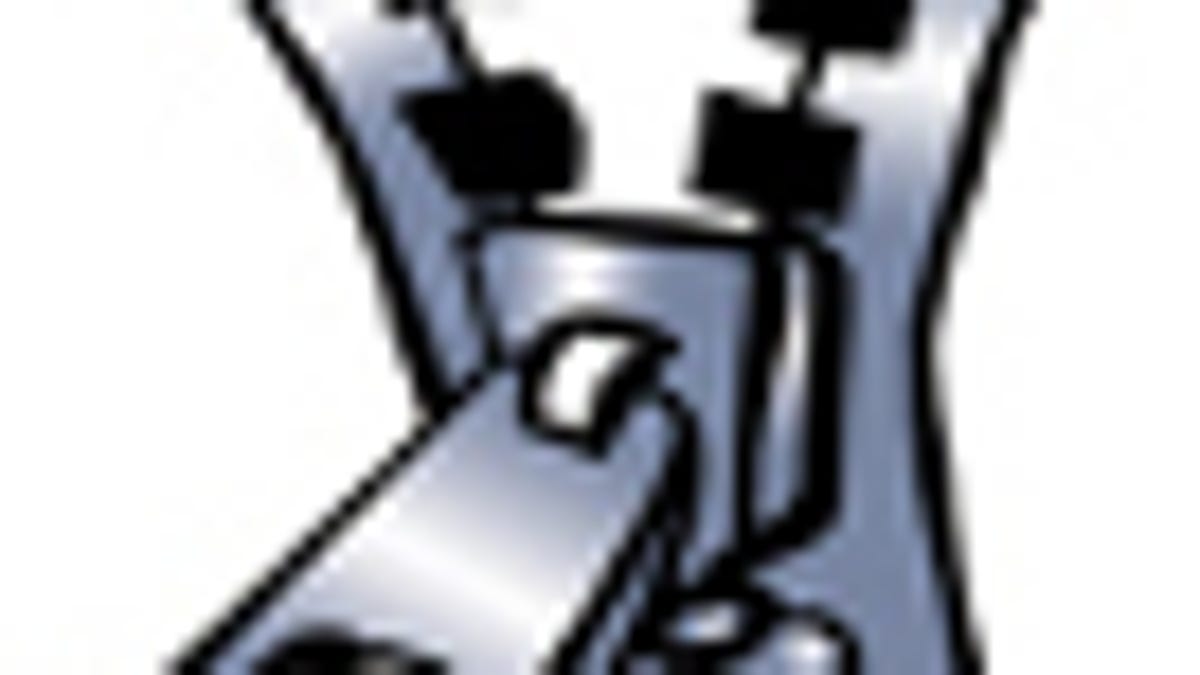Pagezipper kills 'next page' link on long articles
Tired of clicking through multipage stories you're reading on the Web? Pagezipper does it for you, and simply loads the next page below what you're reading.
We in the industry often use a little trick to eke out extra page views or to let you see more stories on a single page. Called the page break, it truncates longer articles and requires that you click another link to load up the full version of the story. We use it here quite often because our format is to put a bunch of stories (which can be quite long) on one topic-driven page--Webware, Green Tech, Crave, and so on. This can make the site take longer to load and give your scroll wheel finger quite a workout.
There's another side to this though. Publishers will intentionally split up content to a very small space and make you click on a Next button to see the next image or small bit of description. For those who are annoyed by this tactic, there's a new service from the makers of PrintWhatYouLike (coverage), called PageZipper. This Firefox extension and bookmarklet will automatically load the next page in a series of links, right below the existing page. It's almost like you have a second tab open, right below the screen you're viewing.
It's not a perfect system, and relies heavily on publishers formatting their content a certain way. For instance, if you're looking at a Flash- or Javascript-powered slideshow of photos, it won't work. However, to get standard links to open up in a new page it works great.
What I really like about this tool is that it's not cutting out the publisher and whatever ad system they have set up. It's still loading every page, in full below the content that's already loaded. It's simply taking a step out for the user to have to click over and over again.
Here's a quick demo of how it works:


